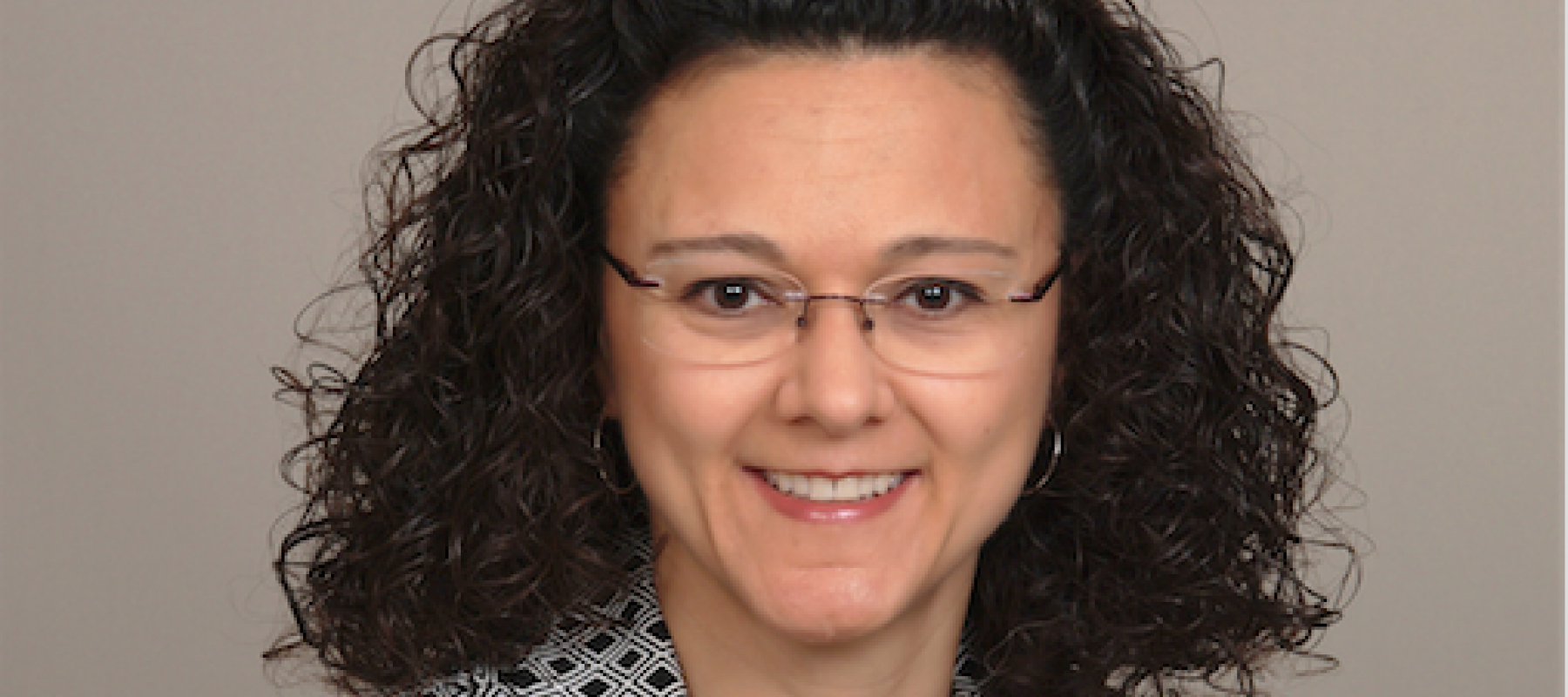
Is "Business as Usual" Enough to Be Hispanic-Serving? Becoming a Hispanic-Serving Research Institution
Assistant Professor Patricia Marin interviewed senior administrators at an emerging Hispanic-Serving Research Institution (HSRI) to explore their perceptions of the institution’s development and identity as it approached this institutional designation.
As the Latinx population in the United States continues to grow, increasingly more colleges and universities are becoming classified as Hispanic Serving Institution (HSIs). Not only is the overall number of HSIs growing, but the types of institutions that fall under the HSI designation are increasing as well. Assistant Professor Patricia Marin believes that the increase and diversification of HSIs calls for a more nuanced understanding of the meaning of the HSI designation. Marin’s interest in HSIs and the changing nature of the sector raises questions about how an emerging Hispanic Serving Research Institution (HSRI) incorporates a Hispanic-serving identity into its existing one.
“Now that a wider range of institutions are becoming HSIs, we need to expand the definition to better capture what it means to be an HSI,” says Marin. While the HSI designation is based on FTE undergraduate enrollment of at least 25% Latinx students, Marin believes the extent to which institutions actually serve this community should be measured by many more factors. Her recently published article, Is “Business as Usual” Enough to Be Hispanic- Serving? Becoming a Hispanic-Serving Research Institution, presents research on one emerging Hispanic-Serving Research Institution and was published in the Journal of Hispanic Higher Education.
In her study, Marin interviewed 13 senior administrators at an emerging HSI (15–24% undergraduate FTE Latinx enrollment) to explore their perceptions of the institution’s development and identity as it approached HSI status. Participants, who were diverse across race/ethnicity and gender, responded to questions including:
• How would you describe the campus climate for Hispanic/Latinx/Latin@/Chican@ students? Can you provide specific examples?
• What would becoming an HSI mean for this institution? What would it mean considering this is a research institution? What would attaining HSI status mean for campus leaders? Should campus leaders be involved in the process of becoming an HSI?
• If your institution were to become an HSI, how might this affect students? student services? the broader community?
Overall, participant responses suggested the largely held belief that the institution was becoming an HSI, and would continue to serve its Latinx students appropriately, based on a “business as usual” approach (a combination of the institution’s geographic location and historically espoused values for supporting diversity).
Along with the perception that an increase in Latinx enrollment was a result of “business as usual,” two other themes emerged from participants’ responses: (1) that the push to become an HSI came from “the very top” (the president of the institution was instrumental in sending the message that becoming an HSI was a priority), and (2) that “it’s no single thing” that allowed the institution to become an HSI (meaning there were multiple practices at all levels of the institution that encouraged faculty and staff to support Latinx students).
Marin’s study highlights the complexity of becoming an HSI and encourages us to more accurately view HSI status as existing on a continuum that includes multiple factors contributing to this designation. Because of the increasing quantity and diversification among types of HSIs, better understanding the complex nature of HSI identity and the ways in which institutions experience the transition will allow institutions to better serve their student populations. She notes that “it is essential to remember that as institutions first obtain their HSI designation, they have a longer history not being an HSI and have a student enrollment that is approximately 75% non-Latino/a.” This suggests that more intentionality is needed to embrace a Hispanic-serving identity and function as an HSRI.
Read Dr. Marin’s paper here: “Is ‘Business as Usual’ Enough to Be Hispanic-Serving? Becoming a Hispanic-Serving Research Institution.”
Story Written By Cameron Tanner



